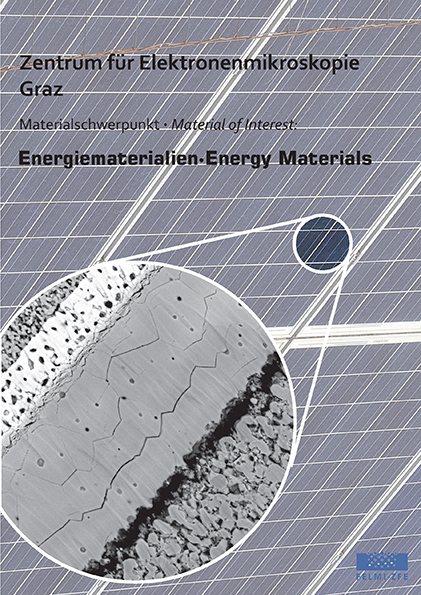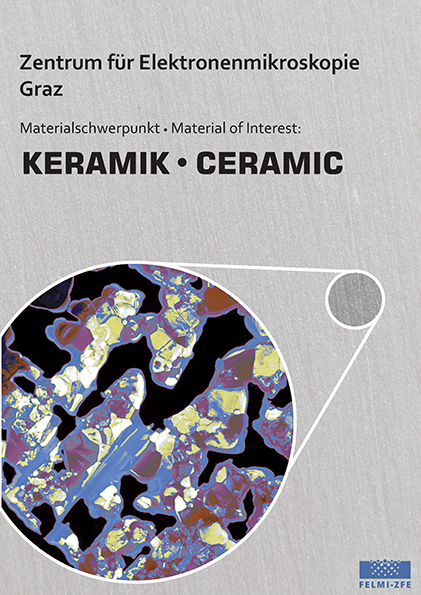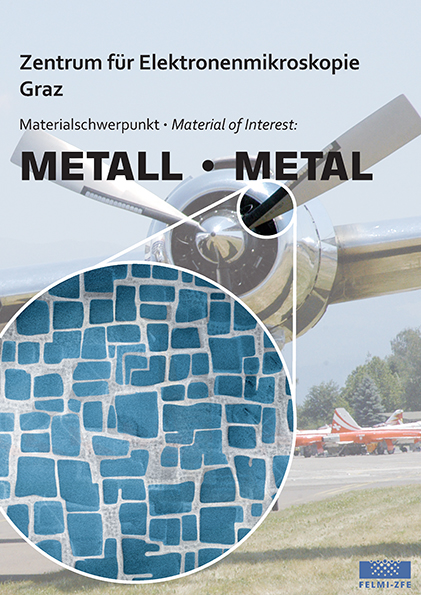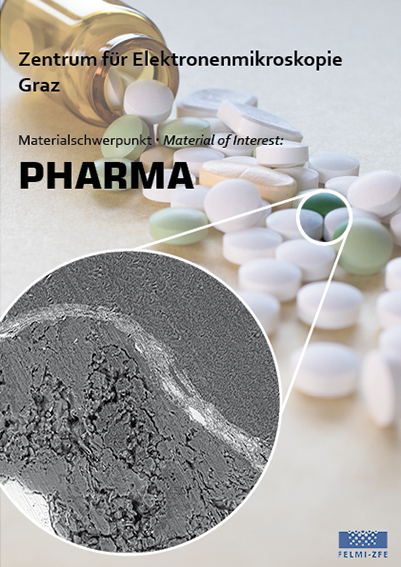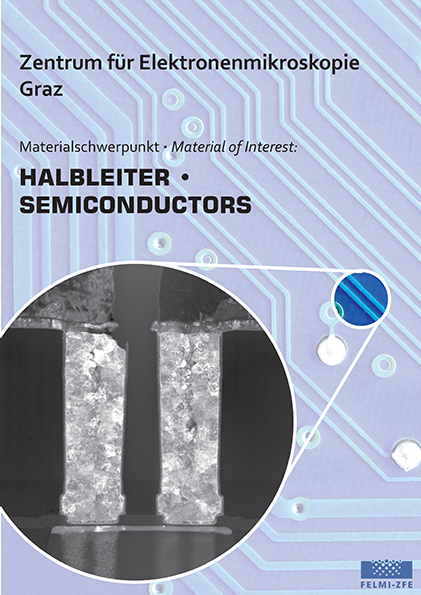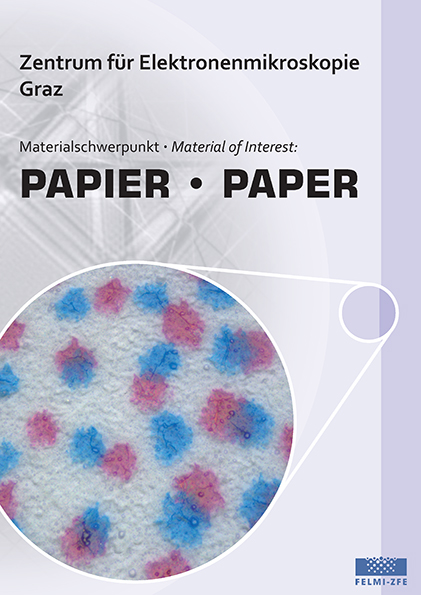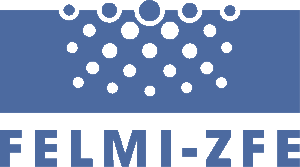Key Industry Branches – KAM
9 industries are identified for our KAM (Key-Account Management) structure. These industries have been named for an easy approach of research and investigation topics, which have been occupying our existing partners in recent years – and in the years to come. It is well understood that these industries are overlapping.
Anyway, you are invited to simply select any of the defined branches for an easy and quick access to us by calling or writing to anyone of us! The most suitable contact and further processing we will find together!

